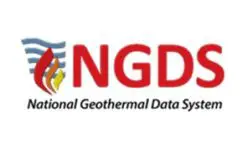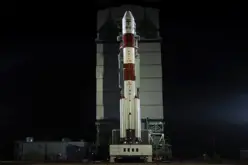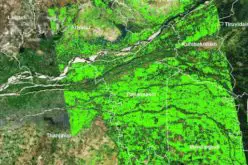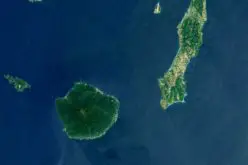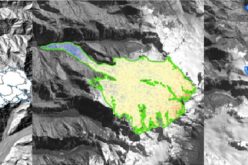
Sampriti Bhattacharyya holding Hydroswarm underwater drone
MIT, Hydroswarm, a new startup developing underwater drones that automatically work together, instead has visions of mapping the entire ocean.
Hydroswarm is an adaptable, smart drone platform for underwater explanation. The small drones can work individually or together to either map different parts of the ocean or use sensors to detect abnormalities, including oil spills or radiation.
The platforms works with an autonomous drone which lives underwater, dubbed Eve, which can work with multiple other Eve drones to collect data. Eve could operate as a consumer device, a little like an AirDog drone which follows a diver around, which can also upload data to the cloud once it’s on the surface.
The drones are designed to be outfitted with different kinds of sensors, making them useful for a variety of applications such as in case of an oil spill to quickly measure the pollution below the surface.
Sampriti Bhattacharyya, founder and chief executive of Hydroswarm and a grad student at the Massachusetts Institute of Technology said:
“The whole point of Hydroswarm is to provide a cheap and scalable method of mapping the ocean. There is so much potential out there. We had a space era. With all the subsea robotics, it could be a new era in ocean exploration. These are football-shaped drones that are intelligent, autonomous, you put them in (the water), they map, and once they’re done, you retrieve the information from them.”
The breakthrough, she said, was in the communications between the drones.
“You drop five of them out, and they use the algorithm to understand (which other drones) they should talk to, and how they should pass on the information,” Bhattacharyya said.
She said the idea for the company — which is a MassChallenge finalist — came during the search for Malaysian Airlines Flight 370, which disappeared March 8, 2014, while en route from Kuala Lumpur to Beijing.
Right now, the drones can go between 200 and 250 meters deep, but later versions will be able to go 1,000 meters under the surface, Bhattacharyya said. Normal battery life is about four hours.
The drones could also hit the consumer market, she said, to do things such as follow along with scuba divers who have no equivalent to aerial drones.
– Bostan Herland




